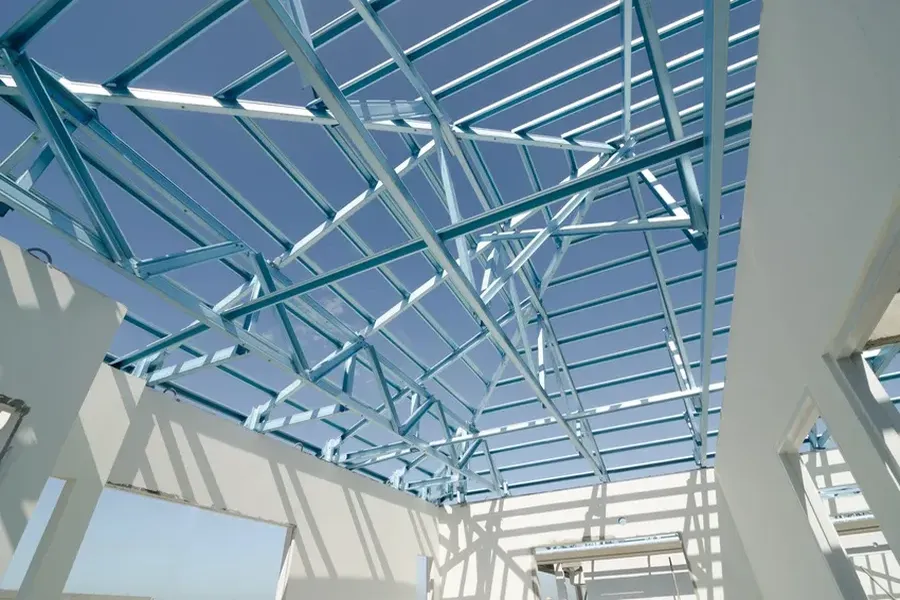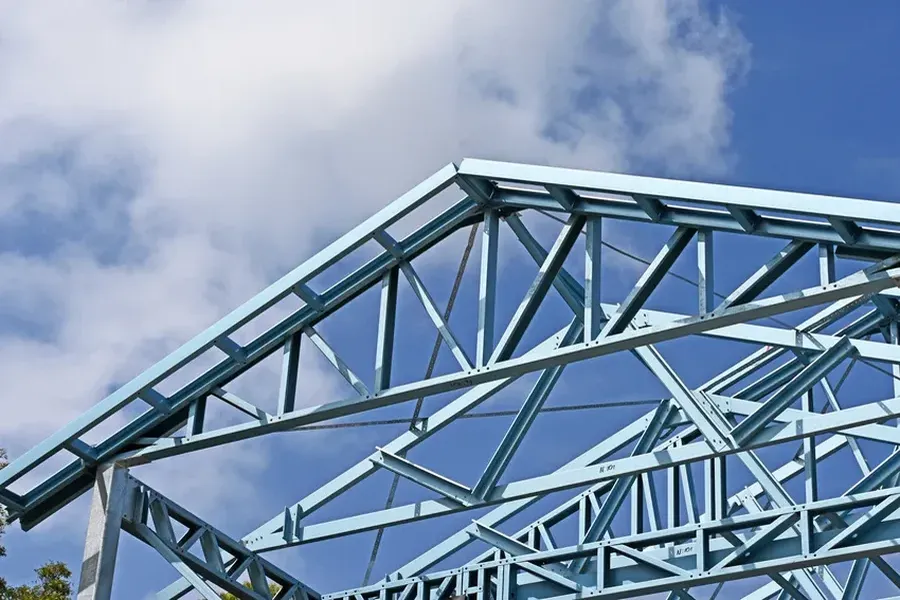Understanding the Role of Modern Structural Techniques
When it comes to building strong and durable structures, the choice of framing materials is crucial. Traditionally, wood has been the go-to material for framing. However, advancements in construction technology have introduced more robust options like metal. Metal framing offers several benefits that enhance the structural integrity of buildings. This approach ensures longevity and resistance against various environmental challenges. Let’s explore how using metal as a framing material can revolutionize the way we think about building safety and stability.

Why Choose Durable Building Materials?
Buildings face many challenges over their lifespan, including weather conditions and physical stress. Using durable materials helps ensure that structures remain safe and sound under pressure. Metal framing is known for its strength and resilience, which makes it an ideal choice for construction projects aiming for long-term reliability. Unlike wood, metal does not warp or rot, providing consistent support throughout the building’s life.
The Strength of Metal Framing
One of the standout features of metal framing is its impressive strength-to-weight ratio. This means that while metal is lightweight, it provides substantial support to the overall structure. Steel, a common component in metal framing, can withstand severe conditions without bending or breaking. This quality significantly enhances the structural integrity of buildings by ensuring that they can endure extreme forces such as high winds and seismic activity.

Benefits of Using Metal Structures
Constructing with metal offers numerous advantages beyond mere strength. Here are a few key benefits:
- Fire Resistance: Metal naturally resists fire, offering extra safety.
- Pest-Proof: It doesn’t attract termites or other pests that can damage wooden structures.
- Sustainability: Metal is often recyclable, making it an eco-friendly option.
- Design Flexibility: Allows for creative architectural designs due to its malleability.
Tackling Common Construction Challenges
Incorporating newer technologies in construction poses certain challenges. Traditional builders may be hesitant to switch from wood to metal due to unfamiliarity. Additionally, initial costs might seem higher than conventional materials. However, when considering long-term maintenance and durability, metal emerges as cost-effective. The initial investment pays off by reducing future repair costs and increasing the building’s lifespan.
Implementing Effective Solutions
Transitioning to metal framing involves educating contractors on modern techniques and benefits. Here are steps to integrate this practice:
- Conduct detailed training sessions for construction teams.
- Select suppliers who specialize in high-quality metal products.
- Use expert consultants to guide through the design phase.
- Ensure compliance with local regulations regarding metal use.
Best Practices for Maintaining Building Integrity
To maintain structural integrity, regular inspections are paramount. Inspectors should focus on identifying any signs of wear or damage early on. Keeping up with routine maintenance ensures longevity and reduces potential hazards. Moreover, choosing quality coatings can prevent rust and corrosion on exposed metal parts.
Navigating Industry Standards and Requirements
Building codes play a critical role in determining acceptable practices in construction. Utilizing metal complies with most modern standards focused on safety and sustainability. Builders must stay informed about changes in these codes to optimize building strategies effectively.
Caring About Costs Efficiently
Initial costs associated with metal construction might be higher than traditional methods. However, if you factor in reduced maintenance expenses and increased durability, the return on investment becomes apparent. In addition, energy savings from better insulation capabilities further offset upfront costs over time.
Your Next Step Towards Stronger Buildings
If you’re looking to build or remodel existing structures, consider the benefits of using durable materials like steel. Understanding the full scope of advantages helps make informed decisions tailored to your specific needs. Based in Hollister, CA, I specialize in providing solutions that meet both aesthetic and functional requirements. Contact me at (408) 430-8773 for further guidance on how Green World Drywall can assist you in achieving safer building projects.